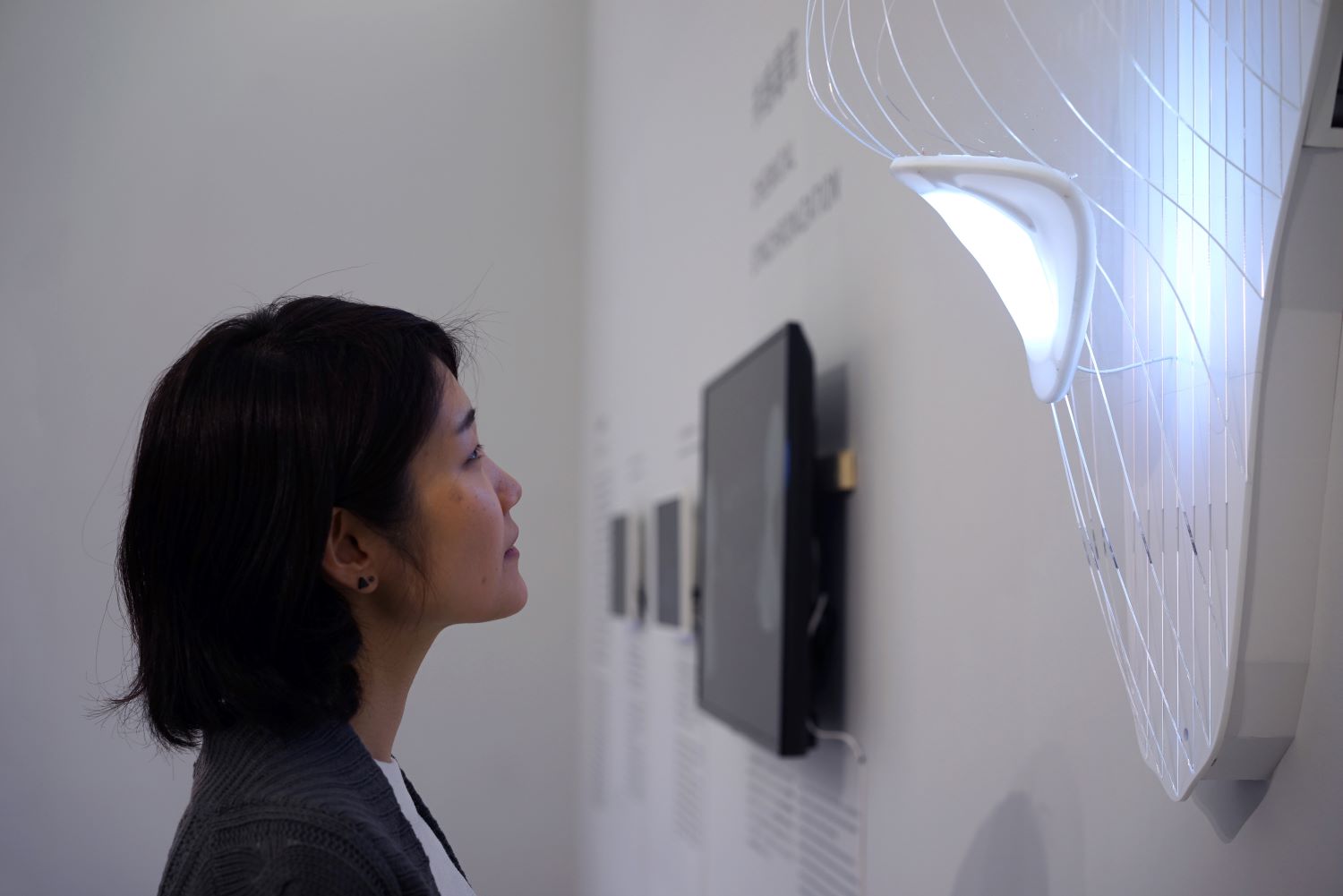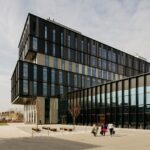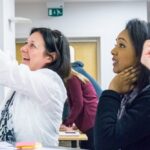The Royal College of Art has a robust and comprehensive set of procedures using a systemic approach to support all phases of business engagement. We developed process flowcharts to support pre- and post-award development, built a contracts library to support different types of KE (e.g. contract research, collaborative research, studio projects, executive education) and set up a proposal toolbox with useful templates. Processes include due diligence and risk assessment, ethics, GDPR and data governance to ensure full compliance with legal requirements and give confidence to our partners.
1. Please provide a brief description of the KE project/ case study and why you believe it is considered good practice or innovative (and for whom). What challenge were you trying to achieve?
At the RCA, we undertake a systemic approach to external business engagement in order to develop collaborations and long term partnerships with businesses, local SMEs, cultural organisations, museums and libraries – such approach underpins our KE policies and processes.
We practice cross-disciplinary research and innovation based on the STEAM (science, technology, engineering, arts and mathematics) agenda which interlinks with the SHAPE movement led by the British Academy to address current societal, technological and environmental challenges. In order to articulate our skills and capabilities, it has been important to understand and develop our unique value proposition to external partners. In the art and design context, it can be challenging as industry partners often do not have experience of working with art and design universities and it takes time to articulate the value of design and creativity for innovation and growth.
It has been important to develop case studies and video materials that can be shared with business partners and help demonstrate benefits of working with the RCA. We have developed a library of case studies and a proposal toolbox to support our academics with tools and templates in order to speed up business engagement. One of the key success factors in business engagement is speed and how fast universities are able to respond to enquiries.
2. Where did the idea for the project/ programme come from? Was this related to a strategic objective? How did you secure senior buy in?
Industry focus has been the RCA’s DNA since its foundation in 1837. Today, knowledge exchange (KE) is one of the RCA’s strategic goals alongside research and education excellence. KE is prominently featured in the RCA Strategic Plan 2022-27 and manifested in the RCA HEIF Accountability Statement.
When we carried out the KEC self-evaluation, we undertook a design led approach using divergent and convergent creative thinking to understand the College’s current position and opportunities (discover and define) and identify scope for improvement and transformation (develop and deliver).
When we started developing our value proposition, it was critical to understand our capabilities and expertise from the user point of view, i.e. industry and businesses. In the arts and design context, research tends to be more provocative and speculative therefore it requires multiple conversations and iterations before a challenge and a potential solution can be contractually defined and articulated. We work with companies across all industry sectors including healthcare, finance, retail, entertainment, telecommunications, automotive, manufacturing as design is a critical capability to facilitate digital transformation, increase productivity, improve efficiency and co-create new user experiences.
We have a really supportive senior management team who steer the direction of our approach.
3. What impact/ outcome has this project/ activity had on your university? Students? Local economy? Staff? Other external parties, e.g. businesses.
Our holistic approach has produced impact at multiple levels.
Internally, we have been able to equip our professional services and research staff with effective tools to support KE development including templates, policies, processes, due diligence and risk checks, proposal toolbox and ready-to-use examples of past projects. We will soon be launching the KE Academy to deliver practical training and support to academic and professional services staff as well as students.
Students benefit from industry collaboration by enhancing their portfolios, improving their communication, presentation, team working skills, and increasing their employability and entrepreneurial capacity.
Our holistic approach to business engagement and cross-departmental collaboration has a positive impact on the RCA KEF performance. In the past three years, the RCA generated £2.3m from its executive education training and £2.4m from consultancy* (*source HE-BCI).
Overall, the RCA has kept its top global ranking (QS World University Rankings) in art and design in the past nine years, a true endorsement by international academic, research and business communities.
4. How did you measure impact?
We use a combination of quantitative and qualitative metrics including KEF data, client feedback, testimonials and a level of internal interest from our research community to engage with industry.
5. What types of resources were required to implement this project? (if you are able to confirm resource and funding amounts that would be helpful however, we understand this may not be a possibility for everyone).
We use the HEIF funding to partially cover staff costs who support business engagement and enterprise activities.
6. What are the governance structures in place to oversee it?
As a small university, our organizational hierarchy and structure is lean which enables a fast decision making process. To support research and knowledge exchange activities, the RCA operates the Research & Innovation Committee, Research and Knowledge Exchange Ethics Committee and the KEF strategy group which provide guidance and oversee KE related activities.
7. Describe any challenges that you have had to overcome either before, during or after implementing this project?
One of the main challenges is our capacity because the RCA is a small-size specialist university with a global reputation. There is a high demand for design and critical thinking capabilities across all industry sectors therefore we need to balance our priorities and resources.
8. Next steps?
We have ambitious plans to ensure sustainability and growth of our KE activities which we outlined in the KE Concordat and its priority actions. In the short term, our key priorities include deploying research management and CRM systems, further developing internal capacity via the KE Academy and continue refining KE processes.











